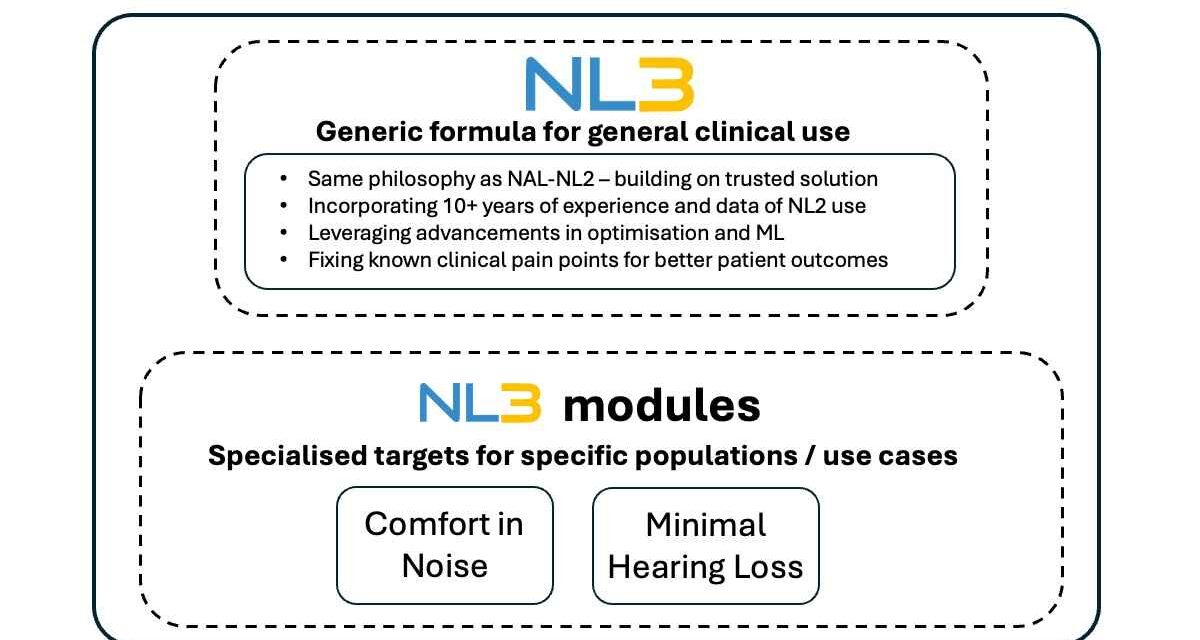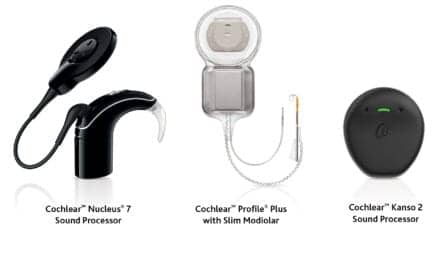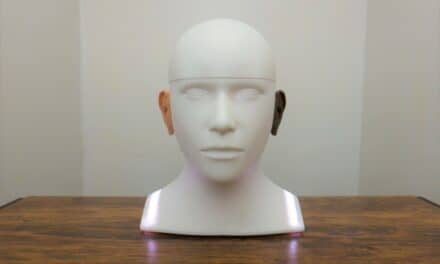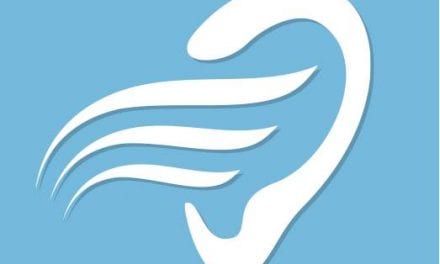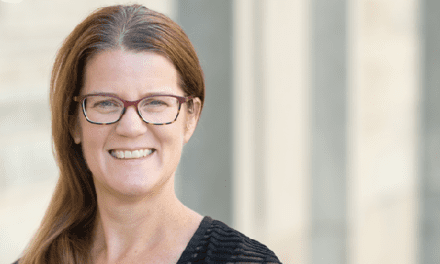Summary:
NAL-NL3 introduces a modern, modular hearing aid prescription system that moves beyond population-based formulas like NAL-NL2 to deliver more personalized, context-specific, and evidence-based fittings tailored to individual listening needs.
Key Takeaways:
- From formula to framework: NAL-NL3 replaces the “best average fit” model with a modular system that adapts to diverse communication goals and listening environments, supported by machine learning trained on millions of real-world fittings.
- Context-driven modules: New features like the Comfort in Noise and Minimal Hearing Loss modules address real-world challenges—reducing listening fatigue and supporting those with normal audiograms but functional hearing difficulties.
- Future-ready design: By expanding clinical flexibility and enabling ongoing innovation, NAL-NL3 empowers hearing care professionals to deliver truly person-centered care aligned with modern expectations for personalization and outcomes.
By Jermy Pang, BHSc, MClinAud, AAudA; Padráig Kitterick, PhD; Brent Edwards, PhD
NAL-NL3 is a modernized, modular update to the long-standing NAL-NL2 prescription, designed to better support individual hearing needs. It addresses key clinical limitations of its predecessor and empowers hearing care professionals to deliver more personalized, person-centered care.
For over a decade, NAL-NL2 has provided a starting point for hearing aid fittings worldwide. But as hearing care has matured into a more individualized, context-sensitive sector, hearing care professionals and clients alike are asking for more. More nuance, more flexibility, and more clinical relevance for everyday life.
The field has outgrown a single-formula approach. In response, the National Acoustic Laboratories (NAL) in Australia has launched NAL-NL3: not just a refined algorithm, but a rethinking of how hearing prescriptions are structured and used. This article explains why we believe that change was needed, and how it better meets the demands of contemporary hearing healthcare.
Moving Beyond the Median Fit
Traditional prescriptive formulas like NAL-NL2 have been designed around population averages: a logical, research-backed approach at the time of their development. But clinical experience and research now show that individual responses can diverge significantly from these averages.
Further, gender and age differences in gain preference (such as female users consistently preferring less gain than males3, or children requiring higher gain at soft input levels4) aren’t explicitly captured by the standard formula. Compression ratio preferences among people with severe hearing loss also vary markedly, with many users preferring less aggressive processing than what NAL-NL2 and other currently available prescriptions recommend.1
These examples illustrate a broader issue: audiograms alone don’t fully reflect a person’s lived experience of deafness. Two people with similar audiograms can have vastly different difficulties in noise, tolerance to loudness, or listening strategies. The new generation of fitting solutions must accommodate these individual factors from the start of their hearing journey.
From Formula to Framework: The NAL-NL3 Fitting System
NAL-NL3 was designed to move beyond the concept of a “best average fit.” It also introduces a modular system that recognizes different listening needs, communication goals, and personal preferences.
At its foundation lies an upgraded core prescription, the NAL-NL3 Prescription. NAL-NL3 Prescription uses machine learning models trained on millions of real-world fittings—a significant scale increase over previous versions. The result is a more adaptive first-fit experience, even before any fine-tuning.
But what sets NAL-NL3 apart is its modular architecture. These optional modules do not replace the prescription; they enhance it to support specific functional challenges. The goal is to address needs that fall outside what a pure audiometric fitting can solve.
Tailoring to Real-Life Listening Challenges
Comfort in Noise Module
In busy cafés or crowded family events, too much amplification can be counter-productive, especially when loudness overwhelms clarity. The Comfort in Noise (CIN) Module aims to reduce listening fatigue and effort by applying targeted reductions in gain, while preserving speech cues at intelligible levels. Laboratory and field studies show this improves comfort without degrading the ability to follow conversation6 and our laboratory and field studies with participants using the new NAL-NL3 CIN Module also show improved comfort in noise without any degradation of speech quality.
Minimal Hearing Loss Module
A growing number of individuals report hearing difficulty in complex or noisy listening environments, despite having audiograms within normal limits. These individuals often don’t meet criteria for traditional amplification—and NAL-NL2 typically prescribed zero gain. NAL’s research shows they may benefit from improved signal-to-noise ratio (SNR), especially when features such as directional microphones and noise reduction algorithms are enabled.5
The Minimal Hearing Loss (MHL) Module, a first of its kind solution, introduces just enough gain to enable these features to function effectively—particularly in noisy situations. It’s not about treating hearing loss per se, but about addressing a real-world communication limitation.
Both modules are examples of a shift in design philosophy: instead of prescribing to the loss, they support the listener in context-specific ways.
A More Capable Clinician Toolkit
This modular system expands what hearing care professionals can offer their clients. It integrates seamlessly into current workflows and fitting software, requiring no new hardware. The NAL-NL3 Prescription provides a smarter default and the modules offer structured, research-backed tools to address common but underserved client needs.
Hearing care is shifting. Clients expect personalization, flexibility, and meaningful outcomes and not just audibility. NAL-NL3 was developed to meet these demands head-on. It reflects over a decade of data, updated insights into fitting preferences, and a clearer understanding of who benefits from amplification, and how. This is not just a revised version of NAL-NL2: it is a strategic and clinical evolution giving clinicians a future-ready toolkit designed for modern hearing care.
What Comes Next
Future modules are already under consideration—targeting music listening, pediatric needs, and complex audiometric profiles. In this way, NAL-NL3 becomes a platform for ongoing innovation, not a static upgraded formula.
Conclusion
NAL-NL3 marks a pivotal shift from single-formula fitting to a responsive, evidence-based system. It retains the scientific rigou that hearing care professionals value, while providing tools to adapt fittings to the real-life needs of clients. With its modular architecture and updated prescription, NAL-NL3 reaffirms the clinician’s role at the centreeof personalized, impactful hearing care.
Acknowledgement
The authors of this article gratefully acknowledge that the research described here was conducted by a large collaborative team at the National Acoustic Laboratories (NAL), led by Dr Padraig Kitterick and Dr Justin Zakis. Their leadership, along with the contributions of the entire NAL-NL3 team, were instrumental in the development and validation of the NAL-NL3 Prescription and the NAL-NL3 Modules.
About the Authors:


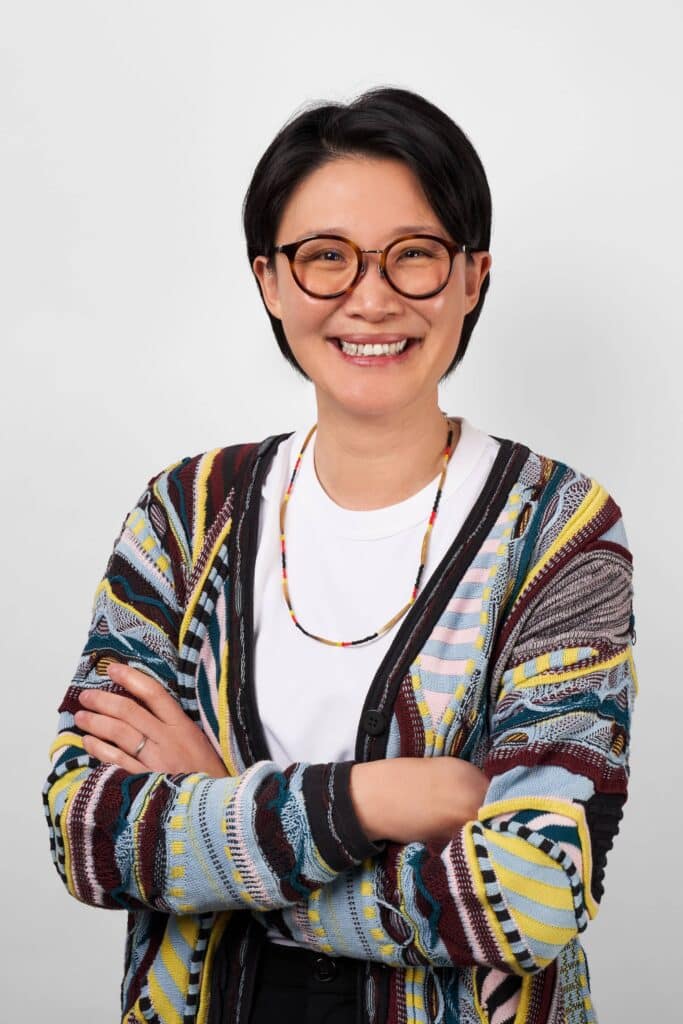
References
- Keidser G, Dillon H, Flax M, Ching T, Brewer S. The NAL-NL2 prescription procedure. Audiol Res. 2011;1(1):e24. doi:10.4081/audiores.2011.e24
- Keidser G, Dillon H. Empirical fine-tuning strategies: Are hearing aid users more similar than different? Int J Audiol. 2006;45(10):509-526. doi:10.1080/14992020600753298
- Keidser G, Convery E, Dillon H. Differences in preferred gain by gender. Ear Hear. 2005;26(3):256-264. doi:10.1097/00003446-200506000-00007
- Scollie S, Seewald R, Cornelisse L, et al. The Desired Sensation Level Multistage Input/Output Algorithm. Trends Amplif. 2005;9(4):159-197. doi:10.1177/108471380500900403
- Edwards B. Emerging technologies, market segments, and MarkeTrak 10 insights in hearing health technology. In: Hearing Aids and the Audiologist: Tech, Use and Evidence. Thieme Medical Publishers; 2020:37-54.
- Bentler R, Wu YH, Kettel J, Hurtig R. Digital noise reduction: Outcomes from laboratory and field studies. Int J Audiol. 2008;47(8):447-460. doi:10.1080/14992020802158359

